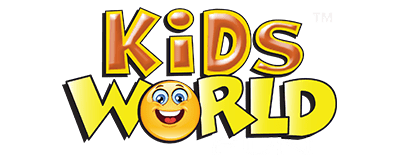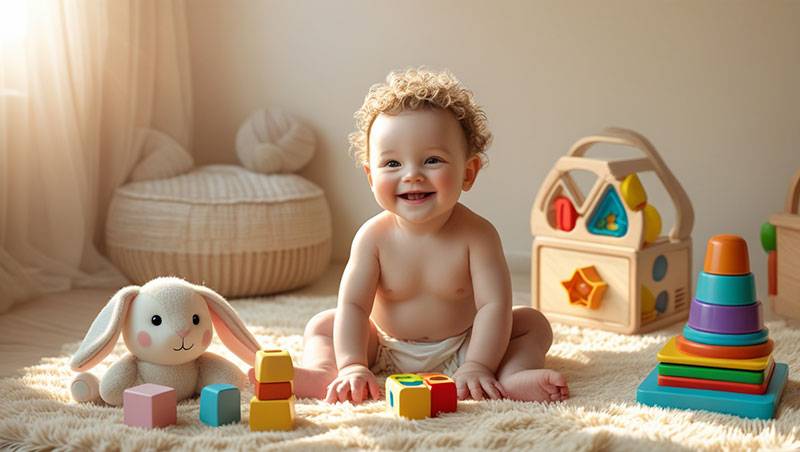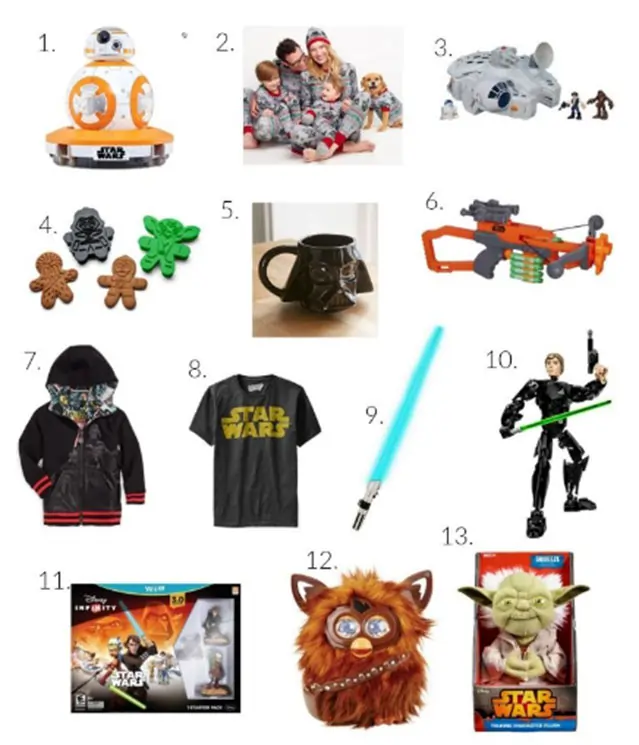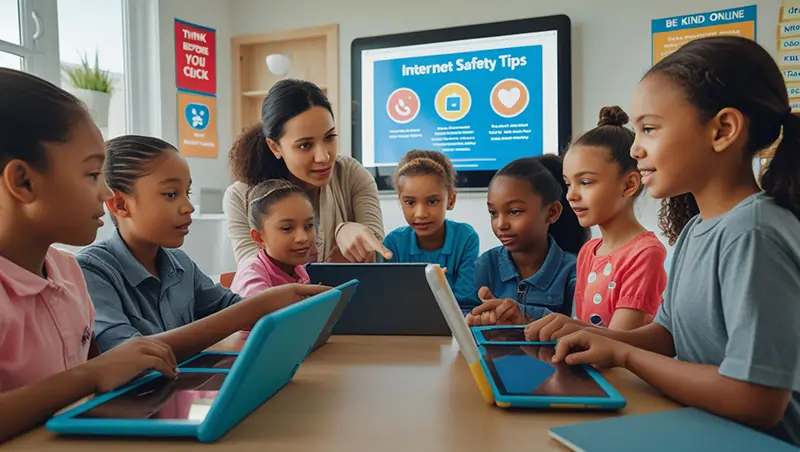Age-Appropriate Toys for Babies, Toddlers, and Preschoolers
Selecting toys for young children goes beyond just choosing something colorful and entertaining. Appropriate toys support positive development, so they enable little ones to grow physically, emotionally, and intellectually. Designed to help parents, caregivers, and teachers negotiate the huge array of toys and choose those fit for children’s developmental level, this guide is meant
Purchasing toys requires one to take child development toys by age into great consideration. Every age group has different needs and goals; the correct toy can help with motor coordination, problem-solving, language development, and social interaction among other vital abilities. Knowing the kinds of toys that fit each stage is essential whether your search is for a preschooler learning to share or a baby discovering their hands.
Visit handmoto.com for a well chosen assortment of age-appropriate, instructional, and interesting toys. Their carefully crafted designs guarantee durability and safety while yet promoting growth.
Baby Toys by Age: Birth Through Twelve Months
Every day in a baby’s first year marks a fresh accomplishment. Rapid cognitive and physical development defines this stage from learning to track moving objects with their eyes to mastering the ability to sit, crawl, and finally stand.
For this age group, the best kinds of toys stimulate the senses—sight, touch, and hearing—and support simple motor skills, including reaching, grasping, and shaking.
0–3 Months: Sensory Awareness Begins
A baby’s vision is fuzzy at birth, and their main means of interacting with the environment is by sound and touch. Early on in these months, visually striking or audibly interesting sensory-rich toys are perfect.
Recommended Toys:
- High-Contrast Toys: Black-and-white or bold primary colors grab the infant’s attention and support visual tracking.
- Crinkly Fabric Books: Early tactile exploration is encouraged by soft, variedly textured and sound books.
- Soft Rattles: Babies learn cause and effect from gentle-sounding, easily gripping rattles.
3–6 Months: Grasping and Engaging
Babies start reaching for objects by now to hone their hand-eye coordination. This is also the phase they begin to roll over and curiously explore their own limbs.
Recommended Toys:
- Light-Up Toys: Toys that react with lights or sounds when touched encourage interactive play; thus, light-up toys are recommended.
- Mirrors: Safe baby mirrors inspire visual exploration and self-awareness.
- Teething Rings: Teething rings encourage oral sensory input and help to ease sore gums.
6–12 Months: Movement and Cause-and-Effect Learning
Babies are eager to investigate how the world responds to their actions as they grow mobile—crawl, sit, even stand. Toys that roll, stack, or make noise when manipulated keep children interested and help them to develop muscles and coordination.
Recommended Toys:
- Push-and-Pull Toys: These toys are recommended for encouraging crawling and walking as well as for often producing satisfying sounds or motions.
- Stacking Rings and Cups: Perfect for honing fine motor skills and spatial awareness, stacking rings and cups
- Pop-Up Toys: Buttons, levers, and sliders that set motion teach problem-solving and create cause-and-effect relationships.
Types of Toys for Toddlers: 1 to 3 Year Categories
Young explorers by nature are toddlers. Walking, climbing, writing, and talking with expanding vocabularies they are This is a dynamic mix of inquiry, movement, and emotion. Toddlers’ toys should reflect their growing awareness of the world and great vitality.
Toys that help children solve problems, coordinate, and use their imagination will be much appreciated as they start to copy adult activities, play simple pretend, and test physical limits.
12–24 Months: Exploration and Problem-Solving
Usually standing, walking, and using simple words to express themselves, your child is turning one. Toys should inspire interaction and inquiry.
Recommended Toys:
- Shape Sorters: Masters of matching, sorting, and spatial thinking, these works present
- Nesting Items: Toys Toddlers’ understanding of size and order benefits from stacking or fitting cups or boxes into one another.
- Ride-On Toys: These toys encourage independent movement and balance and gross motor skills.
Developmental Focus:
- Early ability for solving problems
- Gross and fine motor development
- Hand-eye coordinate and object permanence
24–36 Months: Imagination, Independence, and Expression
Toddlers at this age are beginning to express preferences, play with friends, and speak in whole phrases. They are more and more independent and ready to act out scenarios.
Recommended Toys:
- Pretend Play Sets: Mini kitchens, toolboxes, or doctor kits let young children grasp real-life roles and grow in empathy.
- Building Blocks: These toys inspire imagination and fine motor control from big interlocking plastic blocks to wooden bricks.
- Simple Musical Instruments: Drums, xylophones, or tambourines provide young children a means of expressing themselves through sound and rhythm.
Developmental Focus:
- Social-emotional and language growth
- Creative idea generation
- Control and coordination regarding body motions
Understanding the Importance of Age-Appropriate Toys
Why is age-appropriateness relevant? While toys that are too basic may bored a child, too advanced toys may frustrate them. Toys that line up with a child’s developmental level are more likely to keep them interested and focused.
Encourage fun, non-pressuring approaches for skill-building; also, help to build confidence and accomplishment.
Furthermore crucial is assessing toy safety aspects. Always make sure they are built from non-toxic materials, satisfy safety criteria, and avoid choking risks for small children.
Toys for Preschoolers: 3 to 5 Years
Children change remarkably in cognitive ability, social behavior, and emotional maturity as they enter the preschool years. Their play gets more deliberate, their communication improves, and they start to create routines and friendships.
Preschoolers’ toys should capture this fascinating expansion. Seek for toys that inspire early literacy and numeracy, creativity, and cooperative play. These toys should encourage social interaction as well as individual discovery.
3–4 Years: Learning Through Imagination and Exploration
Schoolchildren at this level have lots of questions. They are curious about the workings of things, the causes of events, and their own actions they could take. This is the ideal moment to present toys promoting creativity, exploration, and discovery.
Recommended Toys:
- Alphabet And Number Puzzles: These advance numerical comprehension, early reading ability, and letter recognition.
- Craft And Art Supplies: Children’s fine motor skills and emotional expression help from crayons, watercolor sets, stickers, and modeling clay.
- Dressing-Up Clothes: Role-playing helps with emotional intelligence and narrative skills.
Developmental Focus:
- Pre-academic learning and cognitive development
- Creative expression
- Storytelling and emotional control
4–5 Years: Preparation for Structured Learning
Upper preschool age children are getting ready for kindergarten. They are improving their capacity for long-term concentration, following directions, and friendly interactions with others.
Recommended Toys:
- Board Games: Simple games including “Candy Land” or “Snakes and Ladders” teach turn-taking, rules, and strategic thinking.
- STEM Toys: Building kits, magnets, and basic science sets from STEM toys encourages logical thinking and a curiosity in the workings of the world.
- Books with Interactive Elements: Lift-the-flap or sound books foster language ability and inquiry.
Developmental Focus:
- Logic and memory
- Group projects and collaboration
- Pre-literacy and pre-math abilities
Summary Table: Child Development Toys by Age
This useful guide lists the most appropriate toys depending on developmental focus and age group:
| Age Group | Developmental Focus | Recommended Toys |
| 0–3 Months | Sensory development | High-contrast toys, soft rattles |
| 3–6 Months | Grasping and interaction | Light-up rattles, textured toys, baby mirrors |
| 6–12 Months | Mobility and cause-and-effect | Push-and-pull toys, stacking rings, pop-up toys |
| 12–24 Months | Motor skills and basic problem-solving | Shape sorters, ride-on toys, nesting toys |
| 24–36 Months | Pretend play and creativity | Play kitchens, building blocks, musical instruments |
| 3–4 Years | Language and artistic expression | Art sets, puzzles, dress-up sets |
| 4–5 Years | Cooperative learning and STEM readiness | Board games, science kits, interactive books |
Types of Toys: A Deeper Look
Toys can be generally classified according to function as much as age. Knowing these kinds of toys will enable parents to choose toys holistically that address many facets of development.
1. Sensory Toys
Particularly helpful for babies and toddlers, sensory toys are meant to stimulate one or more senses—touch, sight, sound, taste, and smell.
Among examples are textured mats, light-up balls, sound tubes.
2. Manipulative Toys
These advance fine motor skills and hand-eye coordination. Toddlers and preschoolers enjoy them because they show obvious benefits.
Among examples are peg boards, shape sorters, and bead mazes.
3. Pretend Play Toys
These inspire socializing and creativity. Young children act out real-world events and copy adult roles.
For instance, dollhouses, doctor kits, and toy phones.
4. Educational Toys
These center on imparting particular skills including letters, numbers, patterns, or scientific ideas.
Flashcards, counting toys, and early coding robots are a few instances.
5. Construction Toys
Versatile and open-ended, these inspire planning, invention, and problem-solving.
Lego sets, magnetic tiles, and wooden blocks, for instance.
6. Movement Toys
Toys meant for running, jumping, climbing, or riding help build gross motor skills.
Tricycles, tunnels, and softballs are a few instances here.
Tips for Choosing the Right Toy
Not every toy will appeal to every child, even if they are age-appropriate. Consider these suggestions:
- See Your Child’s Interests: While one child who loves stories may gravitate toward books and puppets, a child who loves music could choose toy instruments.
- Give durability and safety top priority: seek toys composed of premium, non-toxic materials able to resist rough play.
- Avoid overstimulating toys: those that flash, make noise, and move all at once. Often, simpler is better.
- Rotate Toys: Change a few toys in and out of use weekly to keep playtime interesting.
Final Thoughts: Supporting Growth Through Play
Toys are tools for development, not just entertainment. Choosing child development toys by age helps parents and caregivers equip their children with the tools they need to reach developmental benchmarks while still having fun.
From baby toys by age to more regimented kinds of toys for toddlers and creative toys for preschoolers, careful decisions can inspire inquiry, imagination, confidence, and cooperation.
Every child is different, therefore play is personal. But one block, puzzle, or storybook at a time, the road from crawling to problem-solving becomes a joyful journey with the correct toys at the right moment.




